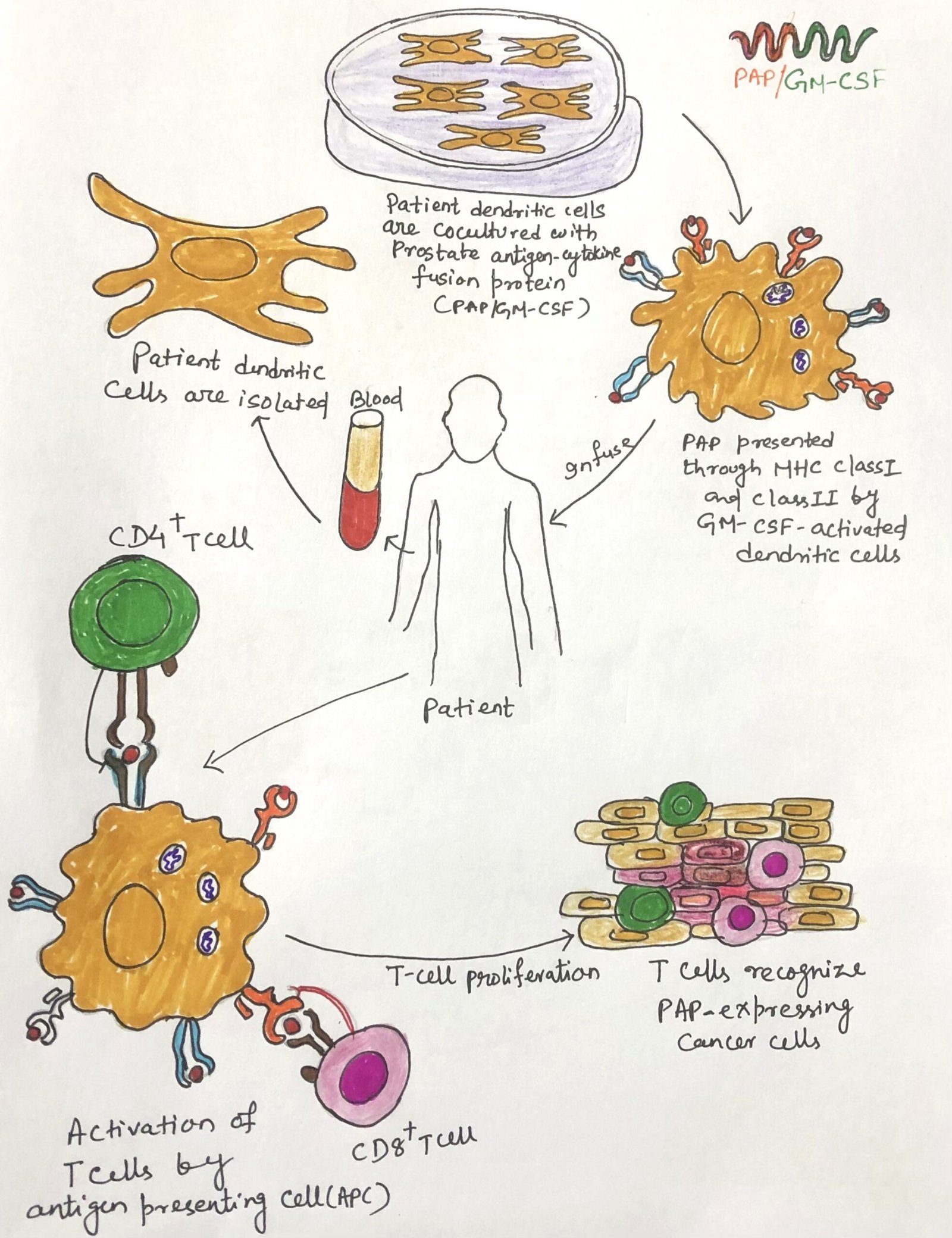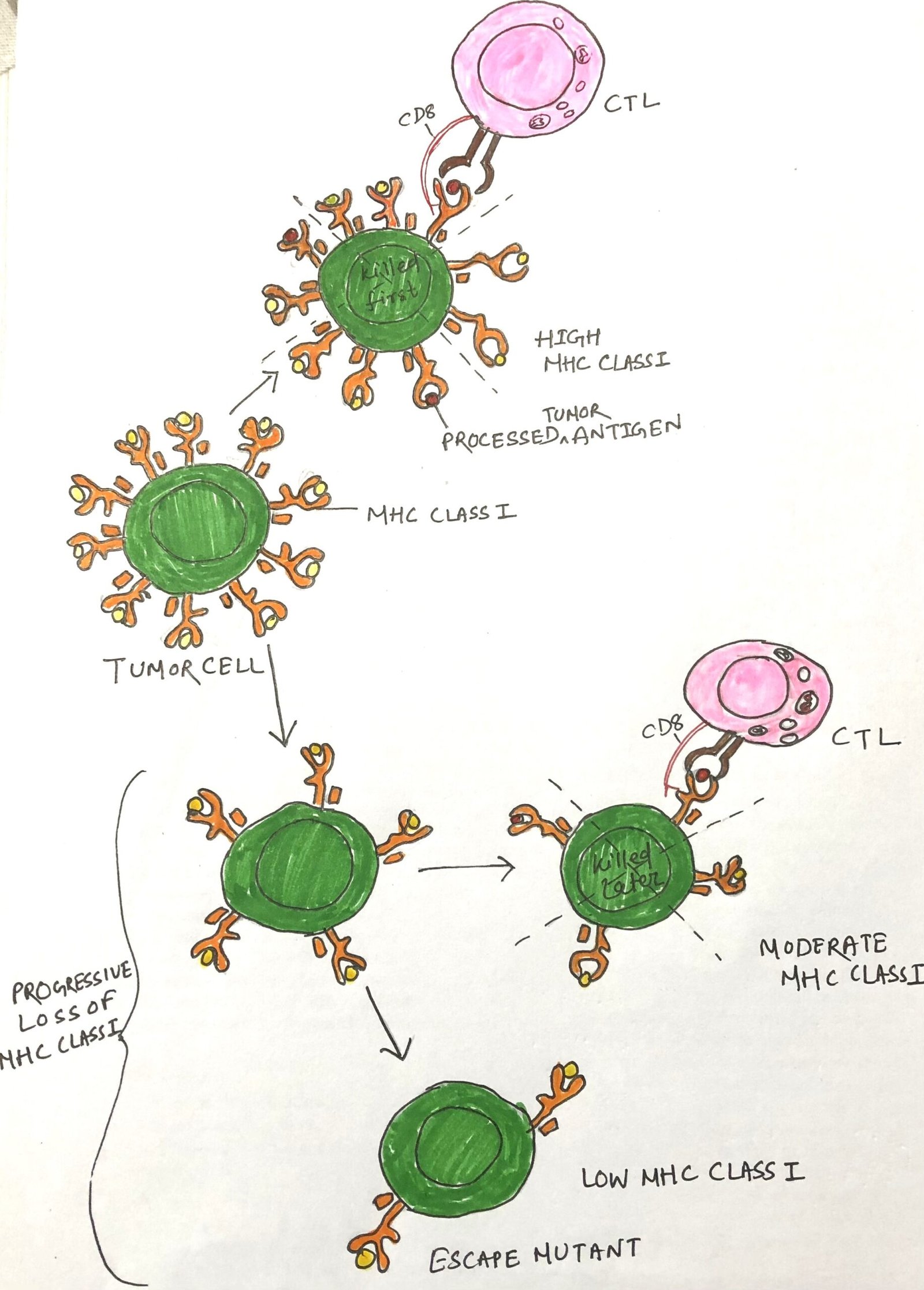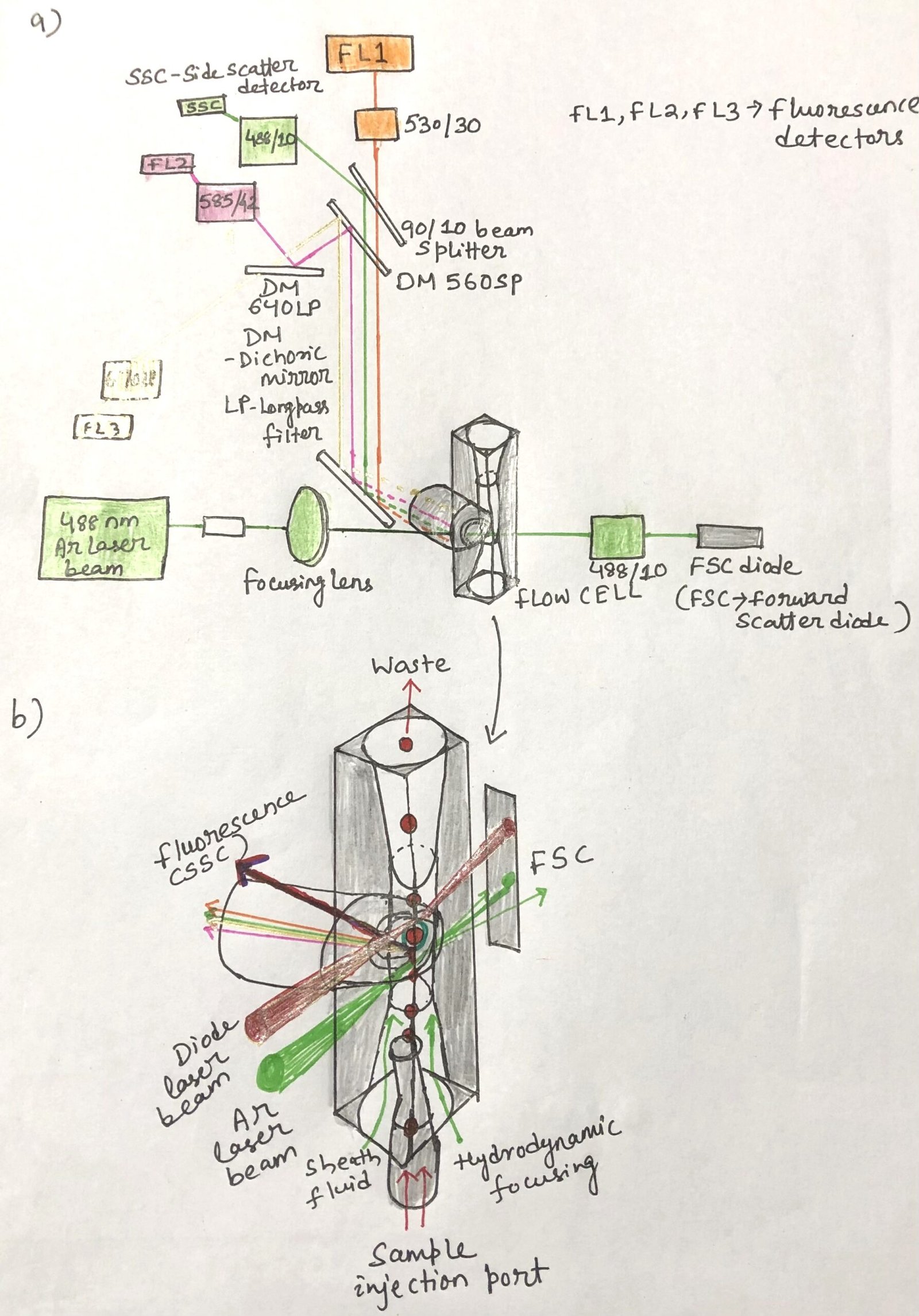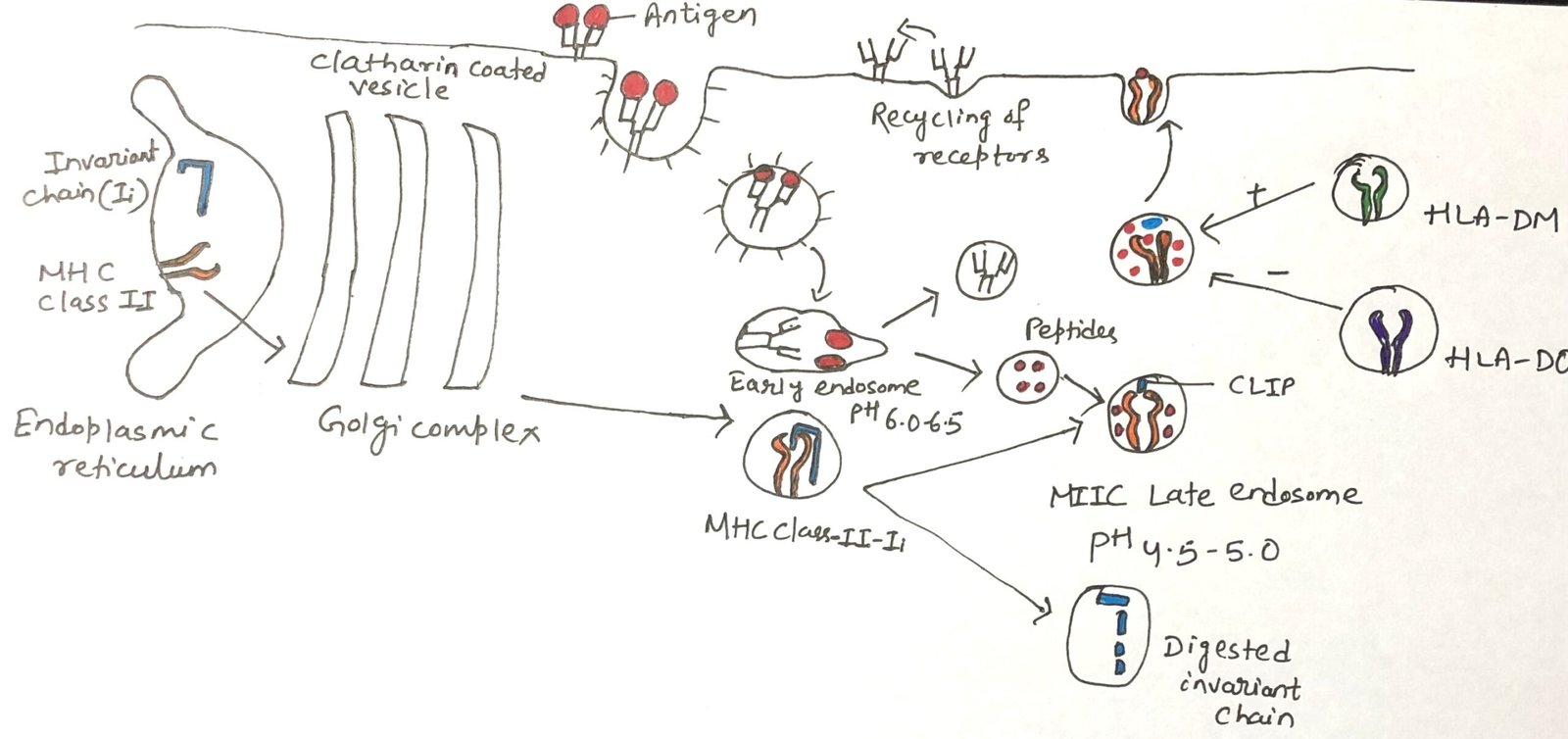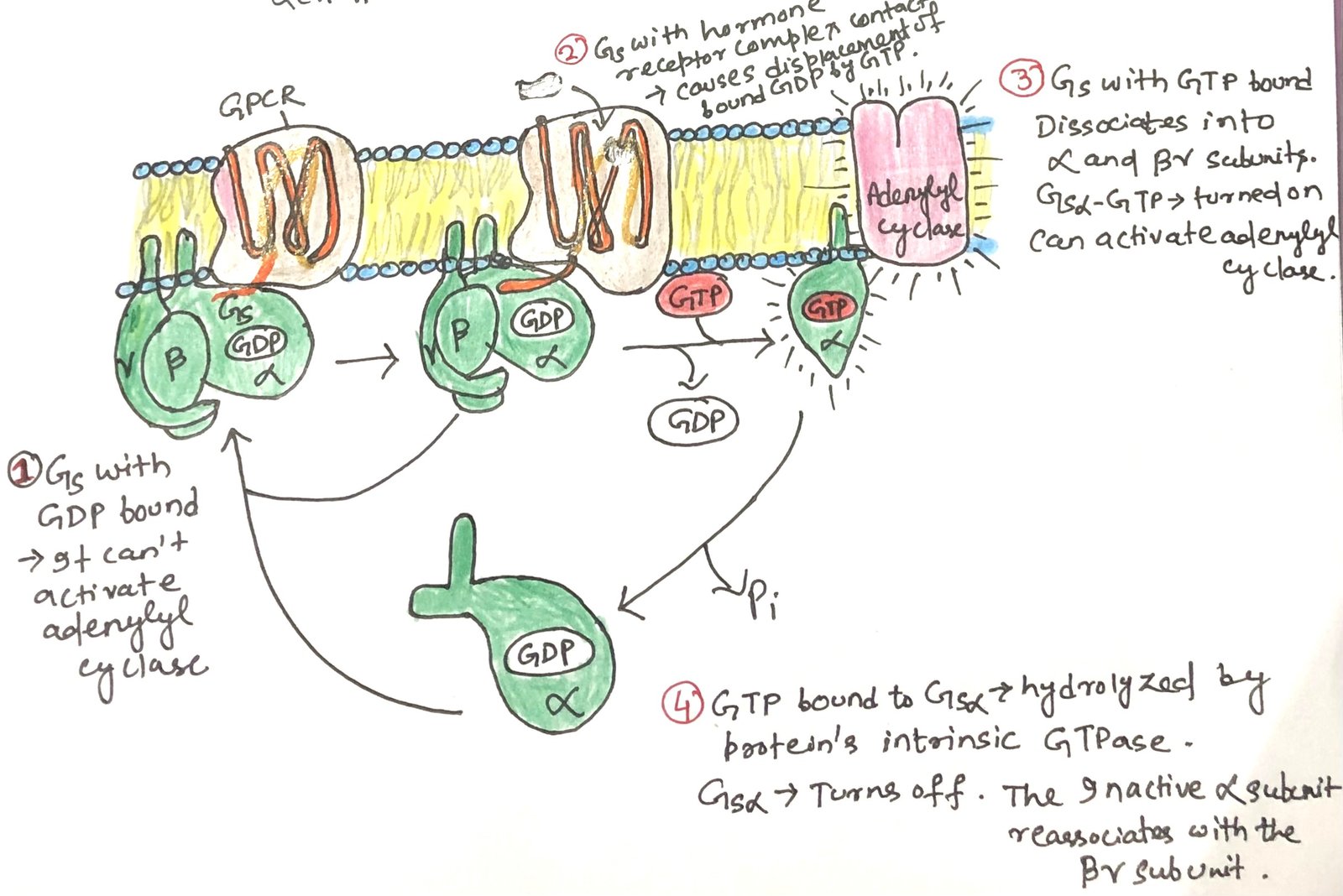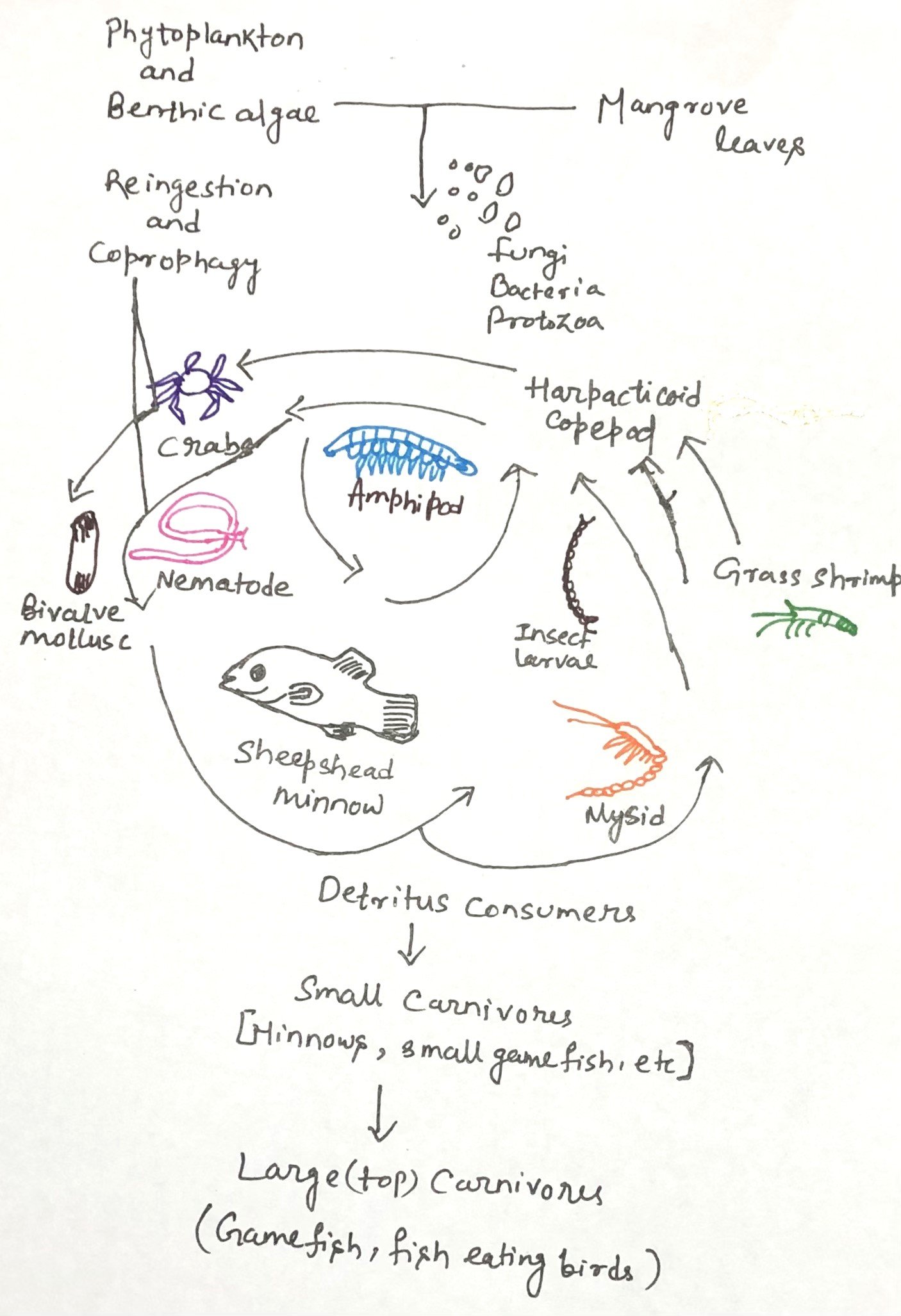Archaebacteria and Their Unique Adaptations
In this article, I briefly describe archaebacteria and their unique adaptations. Archaebacteria are ancient microorganisms that thrive in extreme environments such as high heat, salinity, and acidity. They include methanogens, halophiles, and thermoacidophiles, each adapted with unique metabolic and structural features for survival. Their remarkable enzymes and resilience make them vital to understanding early life … Read more >>


